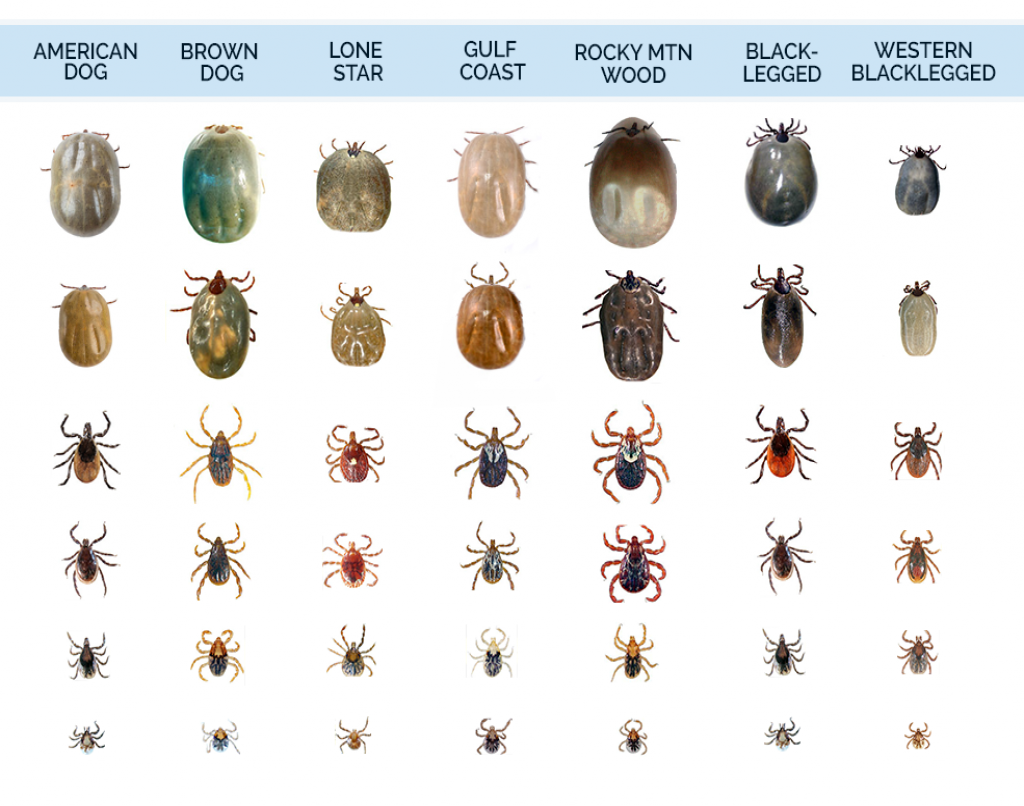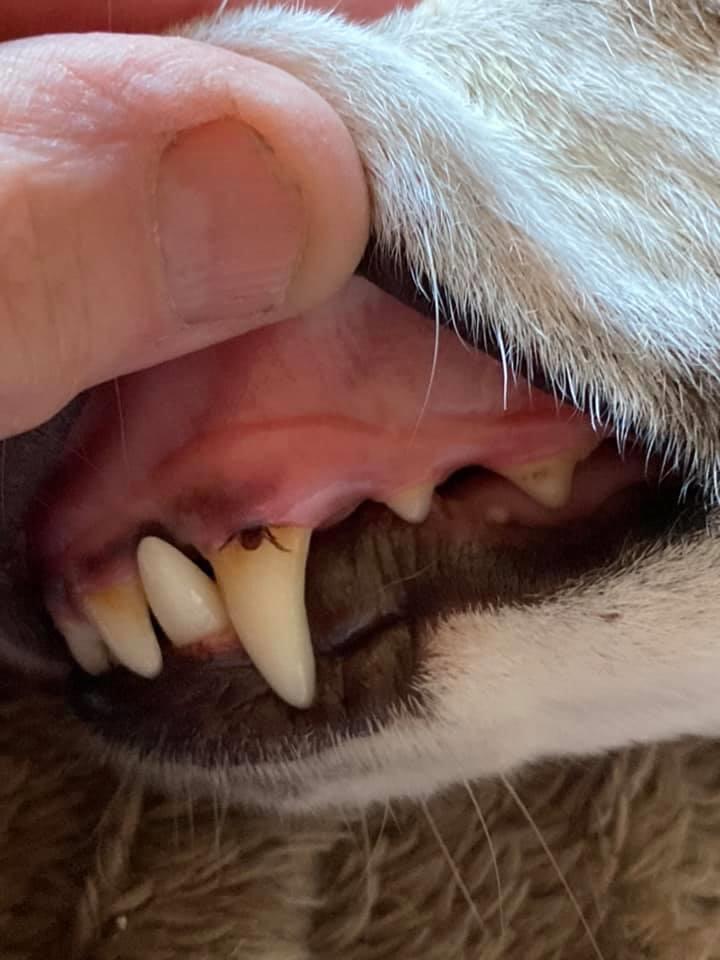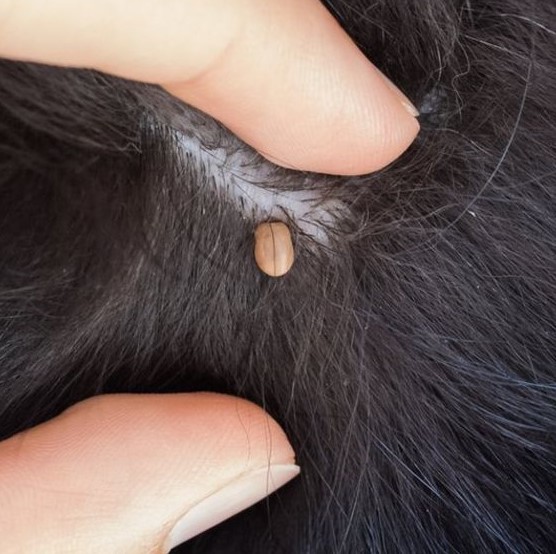
Tick Season is Here!
How to keep Your DOG safe.
Written By: Victoria Regan, Copyright Valley Canine Training, All Rights Reserved
Tick Season is upon us. Ahhh!!!
If you’re like me, you are probably super grossed out by creepy crawly TICKS!
But don’t lose your SH*T yet…
Below we will walk you through everything YOU NEED TO KNOW… to keep your dogs safe during this tick season.
Definition of Ticks and how to identify them?

Ticks are parasites with 8 legs, their mouths are very developed, and are strong enough to bite through skin and feed on blood. Ticks rely on a live blood supply to stay alive, and to lay eggs.
Ticks can appear to be, black, brown, grey, red, or yellow (depending on the type). Unfed ticks are about the size of an apple seed (oval shape). Once ticks attach to a live host (human, dog, rodent, or animal), they begin to fill with blood and grow…. Pretty Gross!
Where do Ticks live?
Ticks love long tall grass and wooded areas; they prefer humid and moist areas but some species have adapted to like dryer warmer climates. Ticks lay their eggs mostly in and on grass, or along the bottom of trees. Most ticks will climb onto the feet or legs of your dog from the ground, grass or branches.
- Tall Grass
- Leaf Piles
- Shrubs
- Branches (trees and bushes)
How to prevent Ticks?
We want you to still enjoy the great outdoors, and not have to worry about ticks on your or your dogs.
Here are a few things to prevent ticks from climbing onto you or your dog.
- Check your dog (head to tail) daily, and after each walk outdoors.
- Tick Collar (not recommended for dogs who swim, or for 2 or more dogs in a family, another dog may grab onto this collar during play).
- Monthly Topical or Ingested Medicine (contact your veterinarian for advice on tick medications).
- Natural Spray (you can make a natural essential oil spray that repels ticks, this spray can be sprayed on yourself and your dog). Google search “natural tick spray” for ingredients and instructions.
- Bug Spray (some bug/mosquito sprays also repel ticks, check the bottle, and make sure that the bug spray you are using is safe to use on dogs).
How to check for Ticks on your dog?
Ticks love to attach themselves in warm, moist, covered areas, Such as armpits, groin, ears, hair/sculp, between toes and even in your dog’s gums.
Its important to check your dog after each outdoor walk! If you find a tick before it has embedded into your dogs’ skin, it will be much easier to get rid of and will save you the hassle of having to pull the tick out of their skin.
Steps in checking your dog for ticks:
- Start at their head
- Check inside their mouth/gums
- Then their ears (inside and out) use a flashlight if needed
- Their neck and under their collar
- Chest and shoulders
- Belly and back
- Front legs
- Front feet (don’t forget to look underneath and between their toes)
- Their back legs and groin
- Back feet
- Tail
This is also a great opportunity to desensitize your dog to touch, you can also provide treats during this body check.
You can also brush your dog after you’ve checked them if you are worried that you may have missed any spots.


What to do if you find a Tick on your dog?
What happens if you find a tick on your dog!!
Freak out! No, I am joking. But seriously, if you are someone who is totally freaked out about bugs and ticks you can ask a family member for help. If that’s not an option for you, then I am sorry to say, but your going to have to suck it up and stir up the courage to deal with it.
If the tick has not attached to the skin yet (this is the best-case scenario):
- Ticks are extremely tough, its actually impossible to squish them.
- Put the tick in a plastic bag to suffocate it
- Put the tick in a small container with rubbing alcohol to kill it
- Flush it down the toilet (not recommended because ticks can actually survive in water).
If the tick has already attached to the skin:
You have 2 options in this situation.
1 – Go to your veterinarian and get them to remove the tick for you.
2 – Remove it yourself.
If you decide to save yourself a vet bill then follow the steps below on how to remove a tick yourself.
- Get gloves, tweezers, a bag or container, a leash, and rubbing alcohol (to kill the tick).
- Get your dog to relax and lay down. (You can put a leash on them too, so its easier to keep them in a down. Stand or kneel on the leash since your hand will be full).
- Use the tweezers to grasp the tick as close to the skin as you can. You want to make sure you get the ticks head and body together and out of the skin once you pull. (If you do not grab far enough down on the tick with the tweezers, then you may pull the body of the tick off the head. If you accidentally leave the ticks head in when trying to remove it, then you may have to go to the vet. The ticks head is where most of the diseases are, your dog can also get an infection if the ticks head is not removed. Once you have a grasp on the tick with the tweezers, pull straight upwards slowly until the tick is removed. – You can also YouTube – how to remove a tick from a dog)
- Once you have a grasp on the tick with the tweezers, pull straight upwards slowly until the tick is removed. (you can also YouTube – how to remove a tick from a dog)
- Place it in a container (filled with alcohol) or baggie to kill it.
- Save the tick! (if your dog begins to show symptoms of sickness you will want to have the tick to bring with you to your veterinarian).
- Observe your dog over the next few days, if your dog shows any abnormal symptoms go to your vet. (Symptom’s below)
What diseases can a Tick carry?
Ticks can carry 4 different types of diseases.
- Lyme disease – Most people think of this related to ticks, and they are correct to do so. Lyme disease found in deer ticks. Symptoms include- lameness, fatigue, reluctance to move, and fever. Lyme disease can also cause heart and kidney disease. If your dog is showing any of these symptoms after being bitten by a tick, please go to your veterinarian asap.
- Ehrlichiosis – Found in brown dog ticks, lone star ticks, and American dog ticks. This can cause symptoms of fever, bleeding disorders, weight loss, anemia, and immune disorders.
- Anaplasmosis – Found in Deer ticks and Brown Dog Ticks. Symptoms include, fever, anemia, and lethargy.
- Rocky Mountain spotted fever – Found in brown dog ticks, lone star ticks, and American dog ticks. Symptoms include, swollen lymph nodes, fatigue, severe fever, stiffness, and bleeding disorders.
If your dog is showing any of these symptoms after being bitten by a tick, please bring them to a veterinarian asap. This article is informational and we suggest If you have any further questions about ticks please consult with your veterinarian.
Thanks for reading! I have been itchy, uncomfortable, and paranoid about ticks during the whole time I wrote this article…. But I really hope this was informative has helped you feel a bit better about ticks…. Now let me go, so I can mix a whole load of essential oil repellants together to spray everywhere…
References:
www.bbc.com/news/science-environment-37252925
www.reddit.com/r/MakeMeSuffer/comments/fxdej6/a_tick_under_a_dogs_gums/
www.pethealthnetwork.com/dog-health/dog-checkups-preventive-care/eight-tips-keeping-your-dog-free-tick-borne-diseases
www.nobiteisright.ca/en/parasites/ticks/
www.terminix.com/pest-control/ticks/behavior/where-do-ticks-live/
www.pinterest.ca/pin/549017010806399266/
